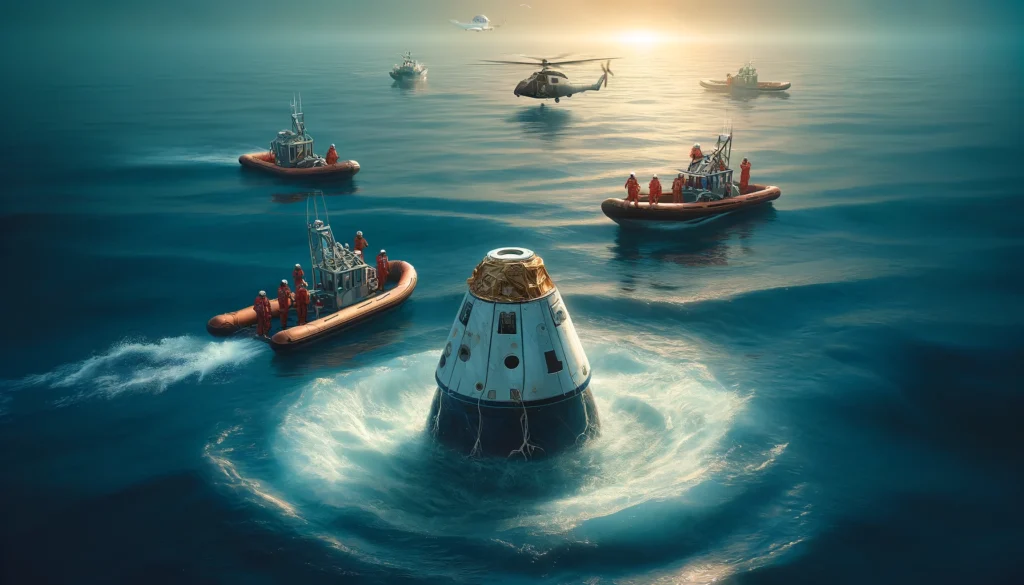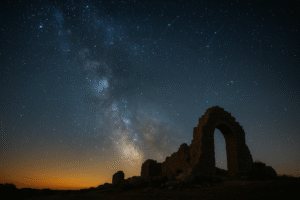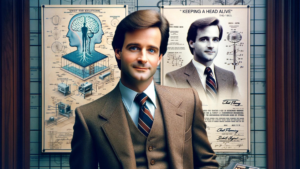Imagine a time when the idea of humans traveling into space was just a dream. It was the late 1950s, and the world was caught up in the excitement and tension of the space race. During this era, scientists were eager to understand how space travel would affect living beings. Enter Able, a rhesus monkey, and Baker, a squirrel monkey—two brave female pioneers who embarked on a historic journey that changed space exploration forever. On this day, May 28, we commemorate their incredible flight, which took place on this very date in 1959. Let’s dive into their story and how they became the first living beings to be successfully recovered alive after spaceflight.
The Context of the Mission
Back in the day, the United States and the Soviet Union were competing fiercely to dominate space. This rivalry, known as the space race, pushed both nations to achieve extraordinary feats. One crucial aspect of this competition was understanding how space travel would impact living organisms, which was essential before sending humans into the cosmos.
To achieve this, the U.S. used the powerful Jupiter Missile AM-18. This missile wasn’t just a piece of military hardware; it became a vital tool in scientific research, especially for biological experiments in space.

Preparation for the Mission
Able and Baker weren’t just picked at random. Scientists carefully selected these monkeys due to their size and behavior, making them ideal candidates for space travel. They underwent extensive training, getting used to the tiny confines of the capsule and the intense conditions they would face during their journey.
The mission had clear scientific objectives. Researchers wanted to monitor their heart rate, body temperature, blood pressure, and radiation exposure. They even measured muscle performance using an electromyogram. This data was crucial for understanding how space travel could affect living beings.
The Space Flight
On May 28, 1959, Able and Baker were strapped into the nose cone of the Jupiter Missile AM-18. The countdown ended, and they soared into the sky, reaching an altitude of 300 miles and traveling 1,500 miles at speeds over 10,000 mph. It was a brief but intense suborbital flight.
Inside the capsule, instruments meticulously recorded their vital signs. This real-time data collection was groundbreaking, providing scientists with invaluable information about the effects of space travel on living organisms.

Post-Flight Events
After their incredible journey, Able and Baker splashed down safely and were promptly recovered. Initially, both monkeys appeared to be in good health, marking a significant milestone as the first living beings to return alive from space.
However, the story took a tragic turn for Able. During a surgical procedure to remove an electrode implanted under her skin, complications arose from the anesthesia, and she sadly passed away. Her death was a significant blow to the scientific community, highlighting the challenges and risks of space research.
Baker, on the other hand, thrived after the mission. She lived a long and happy life, becoming a symbol of the early days of space exploration. Baker lived to the impressive age of 27, passing away in 1984 due to kidney failure. Her longevity and contributions to science left a lasting legacy.
Legacy and Impact
Able and Baker’s journey was more than just a successful mission; it was a leap forward in our understanding of space travel. The data collected from their flight helped pave the way for future biological and human space missions, ensuring better safety and preparation for astronauts.
Their story captivated the public and inspired many. Able and Baker became celebrated figures, showing the world that the dream of space travel was within reach. Today, their legacy lives on, reminding us of the courage and determination required to explore the unknown.

Conclusion
Able and Baker’s historic journey is a testament to the pioneering spirit of the early days of space exploration. Their mission provided invaluable insights and laid the groundwork for the incredible advancements that followed. As we look back on their story, we’re reminded of the importance of honoring these brave pioneers who helped make space travel a reality.
So, the next time you gaze up at the night sky, think of Able and Baker, two little monkeys who took a giant leap for mankind. Their journey continues to inspire and remind us of the boundless possibilities that await in the great beyond.
Call to Action
Curious to learn more about early space missions? Dive into books, and documentaries, or visit a space museum. Discover the stories of those who dared to explore the unknown and paved the way for the future of space exploration.
Author’s Note
This blog is dedicated to the memory of Able and Baker, whose bravery and contributions helped pave the way for human space exploration. Their story remains an inspiration for all who dream of reaching the stars.
G.C., Ecosociosphere contributor.
References and Further Reading




